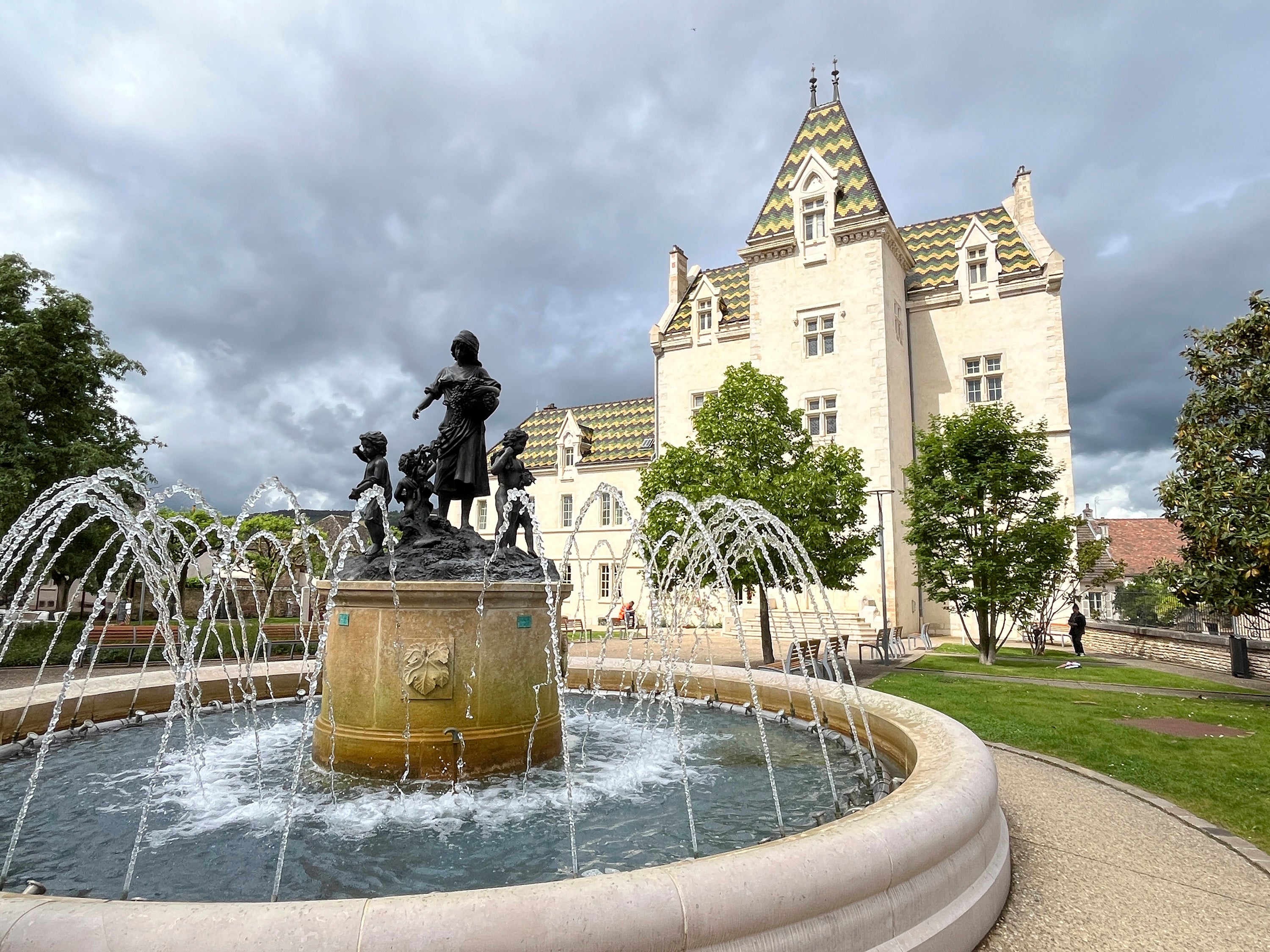Here’s what I discovered on my recent and first trip to the Burgundy region of France: What’s good for the grape is good for the cyclist.
Especially if you enjoy climbing some of the many rocky ridges that line this beautiful, vineyard-filled region in east-central France. It’s up there, off the beaten and popular path, that I found my spot, a circus of sorts and perhaps the perfect and most picturesque vantage point in Burgundy.
During my 11-day cycling adventure in Burgundy, I peddled along the popular Voie des Vignes (Route of Vines), through numerous and famous wine villages, along rivers and canals, past chateaux, cathedrals and abbeys. There’s an endless and always-scenic variety of riding routes in Burgundy waiting to be explored by bicycle.
Dijon is the region’s historic capitol city, the mustard capitol of France and home of the impressive Palace of the Dukes of Burgundy. The train ride from Paris takes about 90 minutes. From Dijon, I took a short connecting train ride to Beaune and eventually Tournus and did day-trip rides from my two “base” towns. Beaune is a walled city surrounded by vineyards; Tournus, on the banks of the Saone River, features an impressive Romanesque cathedral.
The region’s pinot noir (red) and chardonnay (white) wines are considered among the best in the world, and the well-marked Voie des Vignes route from Beaune south to Santenay (about 14 miles) is the perfect introductory Burgundy ride.

Read more on Europe travel:
I was immersed in vineyards and weaved my way along the narrow, well-paved and mostly flat access roads through Pommard, Volnay, Meursault, Puligny-Montrachet and Chassagne-Montrachet, familiar names to oenophiles. These villages are lined with tasting houses and cafés, and several have old, stone churches, a fountain of some sort and statues dedicated to wine or the people who make the wine.
The grapes were just beginning to appear on the vines, and workers were scattered about in groups of two or three, carefully clipping, pruning and tending. The limestone and clay soils that vines sink their roots into are part of why Burgundy wines made from their grapes are so complex, tasty and prized. Cliffs help shield the precious vines from the wind.
The cliffs and ridges also…
Click Here to Read the Full Original Article at The Independent Travel…
